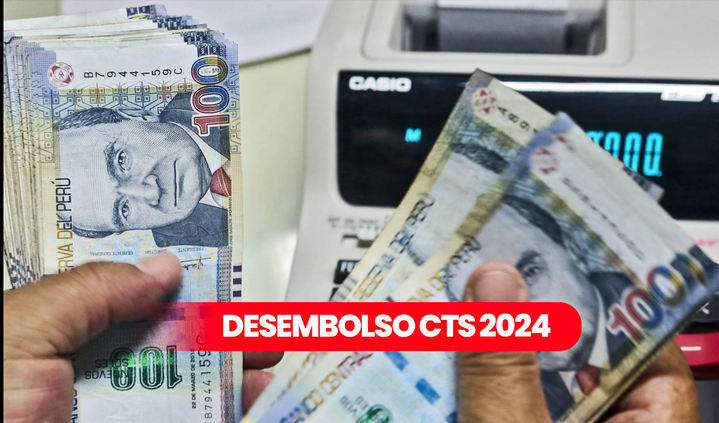
The disbursement of the CTS seems to have the same fate as the AFP in the Government Palace. On May 2, the Congress of the Republic debated in plenary session the Extraordinary law that enables the disbursement of 100% of the CTS. This proposal was developed by the Labor Commission and in parallel by the Economy Commission. The law was accepted by a majority: it obtained 98 votes in favor, 9 against and 1 abstention. All that was left was for the president of Congress, Alejandro Soto, to sign the autograph so that this file would go directly to the office of President Dina Boluarte.
That same day, Alejandro Soto showed the draft law signed in his own handwriting to the press, ensuring that This law went directly to the office of President Boluarte. Currently, Only the approval of the Executive Branch is expected to allow the disbursement of 100% of the CTS of at least 4,000 million Peruvians. It should not take more than 15 days, otherwise it will return to the Congress of the Republic so that the commissions in charge and the Plenary Session can reconsider and approve at their insistence. The last step is for it to be published in El Peruano and for each legalized company to begin assisting the requests of its workers.
Faced with this panorama that appears to be true, citizens wonder: how much will I receive from my CTS?, and even more so if their salary is the minimum, which is equivalent to S/1,025. In this article from La República, we tell you how to calculate your CTS.
What calculation should I do?
The Compensation for Time of Service (CTS) It is the deposit that is made twice a year, with May and November being the months in which the employer benefits its worker with an additional payment. This amount is collected over the months since the last natural disbursement of this compensation system.
In extraordinary cases, like the ones we encountered, the CTS also serves so that when the person who has been on the payroll is unemployed, they can survive for a few months with what is collected in their CTS.
For this occasion, if the extraordinary Law of Congress were to be approved by the Executive Branch, the disbursement would be 100%, with the application deadline being December 31; That is, depending on when you request the withdrawal, you must count from the last gratification (November of the previous year and May of this year), until the day you make the request. But what would it be like if I have a minimum wage? Let’s do the math.
Have S/1,025 soles as a contract. This amount we must add it with the sixth part of our ultimate gratification (S/170 soles rounded up) which we obtained, let’s think, in November of last year. Now we have S/1,195that then we will multiply by 6having a result of S/7,170. All this result we must divide it by 12 and gives us the result of S/597.50 of 100% of a CTS of a worker who receives minimum wage.
MEF: why doesn’t José Arista agree?
As we indicate, the CTS They are a fund that also serves for professionals who have been on the payroll and who are now unemployed, so they can have a pension while they look for a new job. The Minister of Economy, José Arista, in response to this, took a position contrary to the will of Congress.
“(…) I take advantage of this forum to call on Congress to ensure that this rule referring to retirement from the CTS respects a minimum, which I estimate should be four months of unemployment. As you know, compensation for time of service allows “For a professional to maintain income while changing jobs, the average is four months. I would ask Congress to authorize it with a minimum floor of four months,” Arista urged.
Source: Larepublica
Alia is a professional author and journalist, working at 247 news agency. She writes on various topics from economy news to general interest pieces, providing readers with relevant and informative content. With years of experience, she brings a unique perspective and in-depth analysis to her work.












